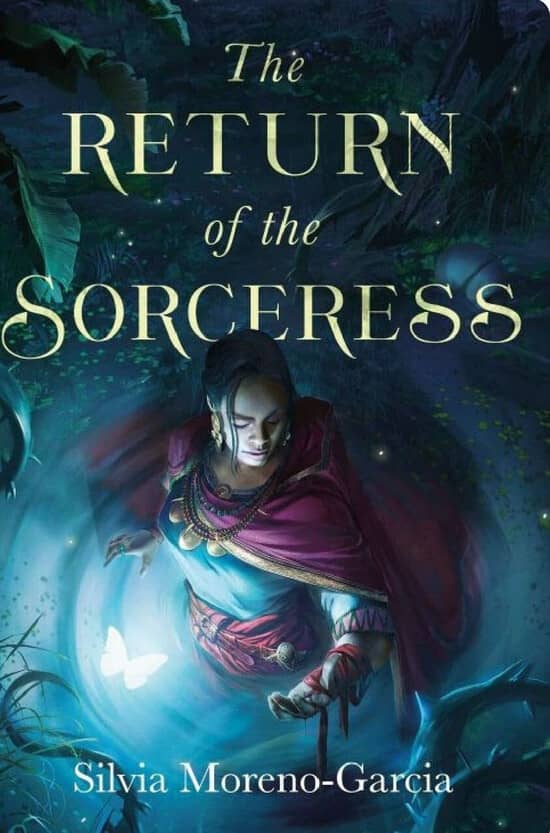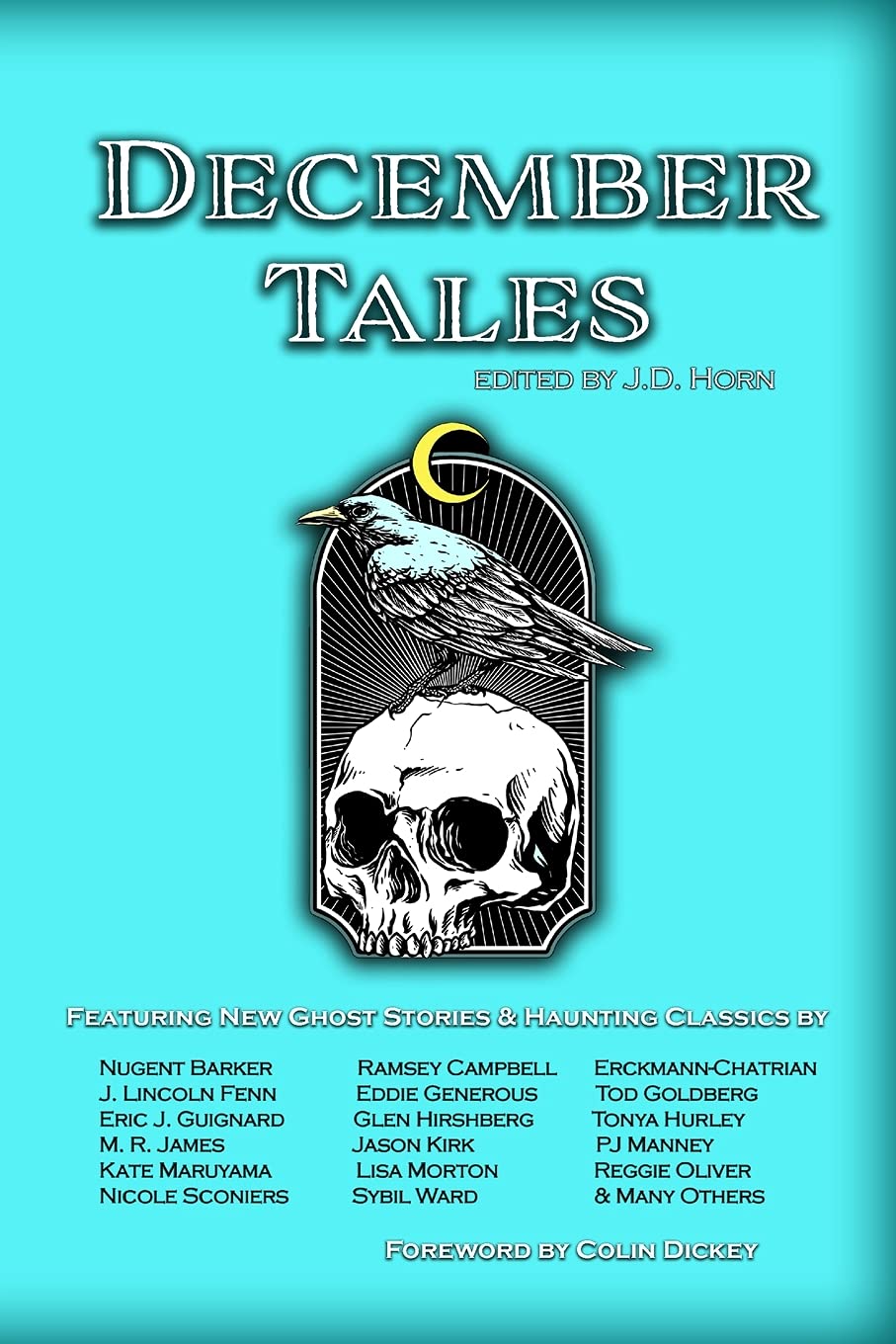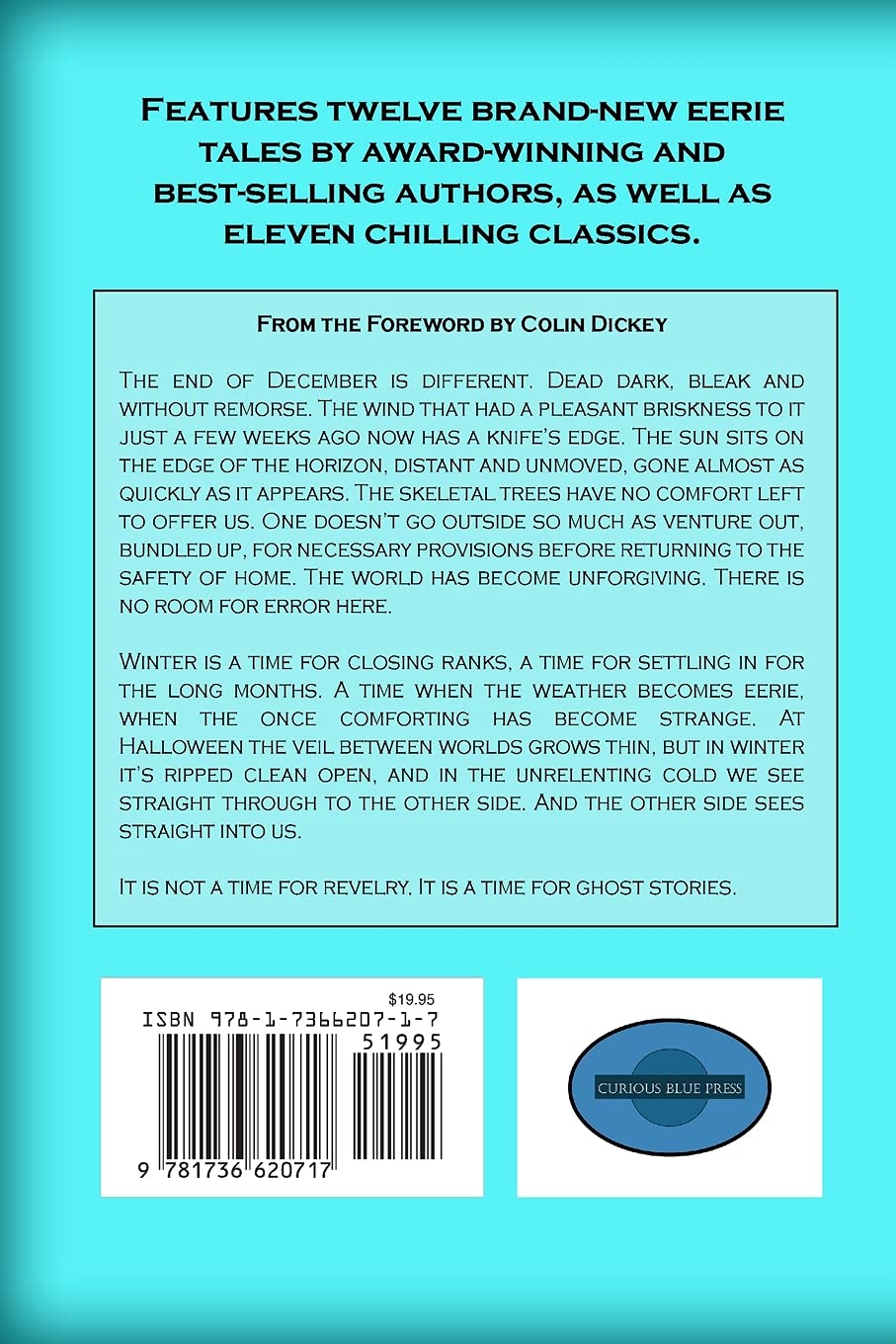Always Then and Never Now: The 13 Clocks by James Thurber
ONCE upon a time, in a gloomy castle on a lonely hill, where there were thirteen clocks that wouldn’t go, there lived a cold, aggressive Duke, and his niece, the Princess Saralinda. She was warm in every wind and weather, but he was always cold. His hands were as cold as his smile and almost as cold as his heart. He wore gloves when he was asleep, and he wore gloves when he was awake, which made it difficult for him to pick up pins or coins or the kernels of nuts, or to tear the wings from nightingales. He was six feet four, and forty-six, and even colder than he thought he was. One eye wore a velvet patch; the other glittered through a monocle, which made half his body seem closer to you than the other half. He had lost one eye when he was twelve, for he was fond of peering into nests and lairs in search of birds and animals to maul. One afternoon, a mother shrike had mauled him first. His nights were spent in evil dreams, and his days were given to wicked schemes.
Wickedly scheming, he would limp and cackle through the cold corridors of the castle, planning new impossible feats for the suitors of Saralinda to perform. He did not wish to give her hand in marriage, since her hand was the only warm hand in the castle. Even the hands of his watch and the hands of all the thirteen clocks were frozen. They had all frozen at the same time, on a snowy night, seven years before, and after that it was always ten minutes to five in the castle. Travelers and mariners would look up at the gloomy castle on the lonely hill and say, “Time lies frozen there. It’s always Then. It’s never Now.”
So begins James Thurber’s wonderful fairytale The 13 Clocks. Best known as a cartoonist, humorist, and one of the stalwarts of the New Yorker during the Harold Ross and William Shawn years, he also wrote several fairytales for children. I haven’t read the others — Many Moon and The White Deer — but I have come back to this one several times. An effervescent read, it never fails to delight.
As described in that magnificently menacing opening, the evil Duke spends his days setting his niece’s suitors impossible tasks such as cutting a slice of the moon or turning the ocean to wine. Sometimes, for no better reason than failing to describe his different-length legs properly (they differed in length because he spent his youth “place-kicking puppies and punting kittens”) or not praising his wine, staring at his niece too long, or having a name that started with X, he would just kill them.
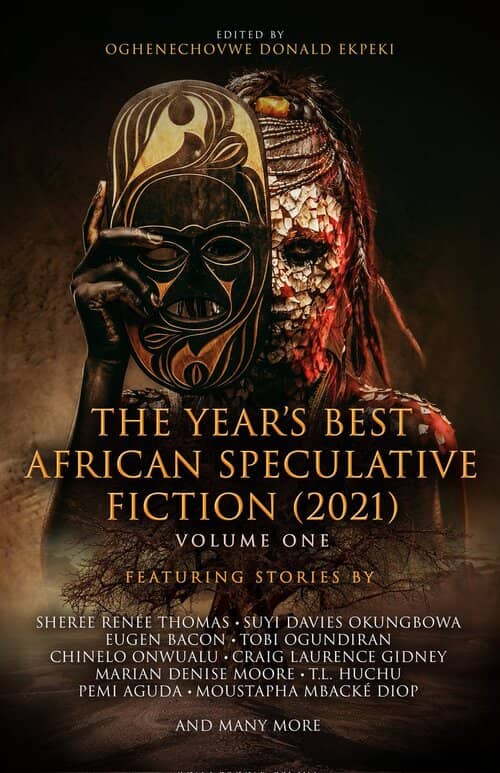
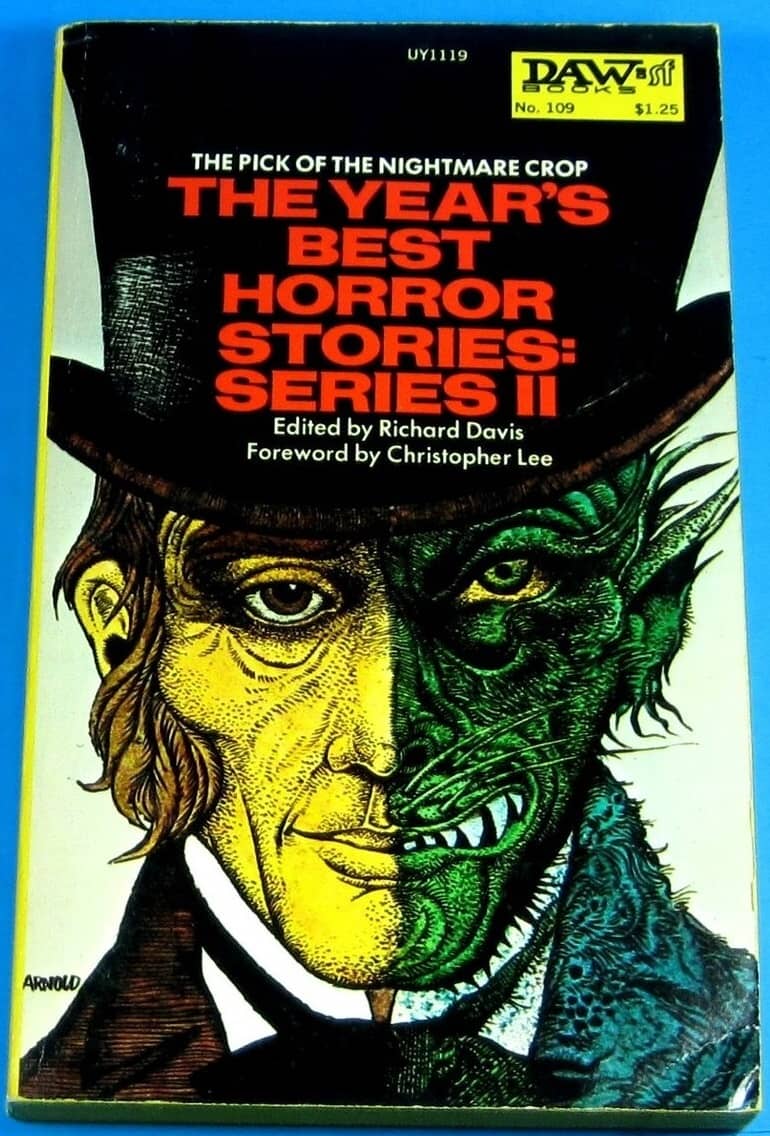
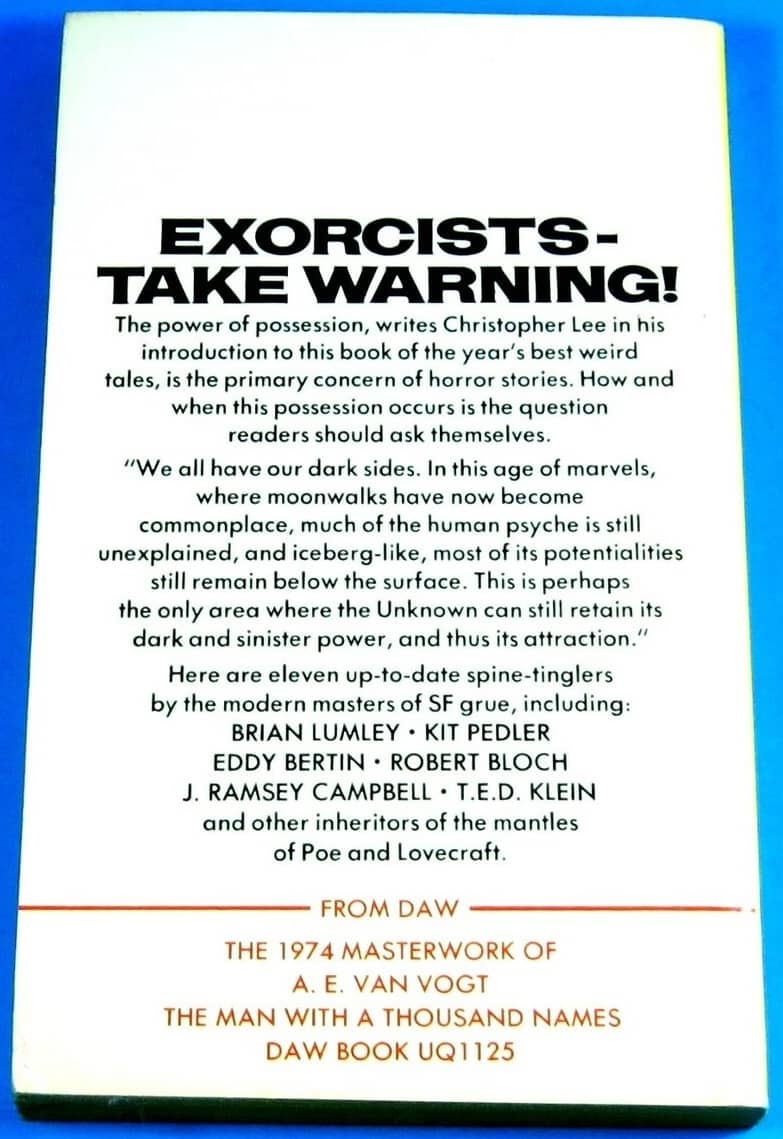
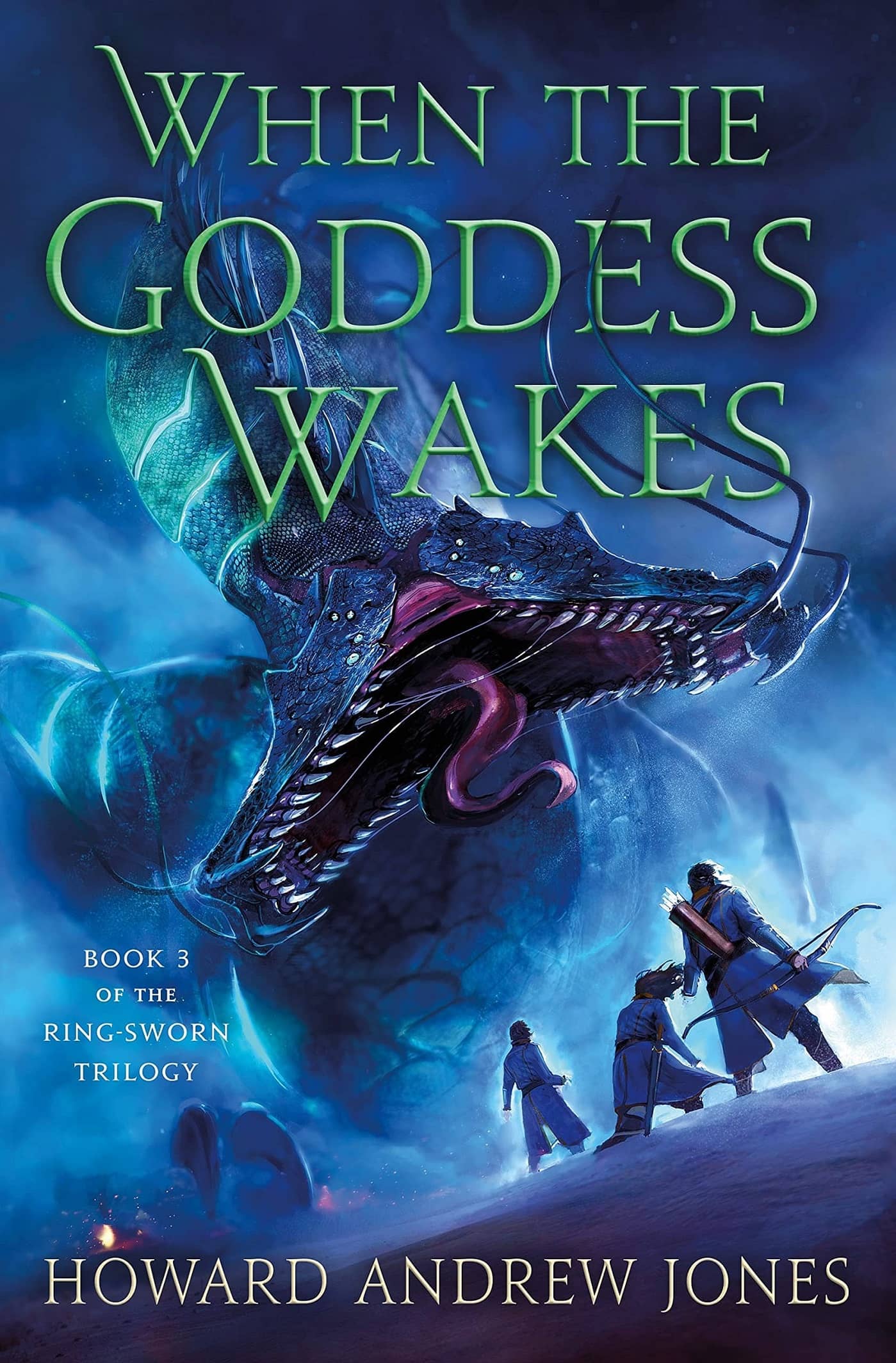
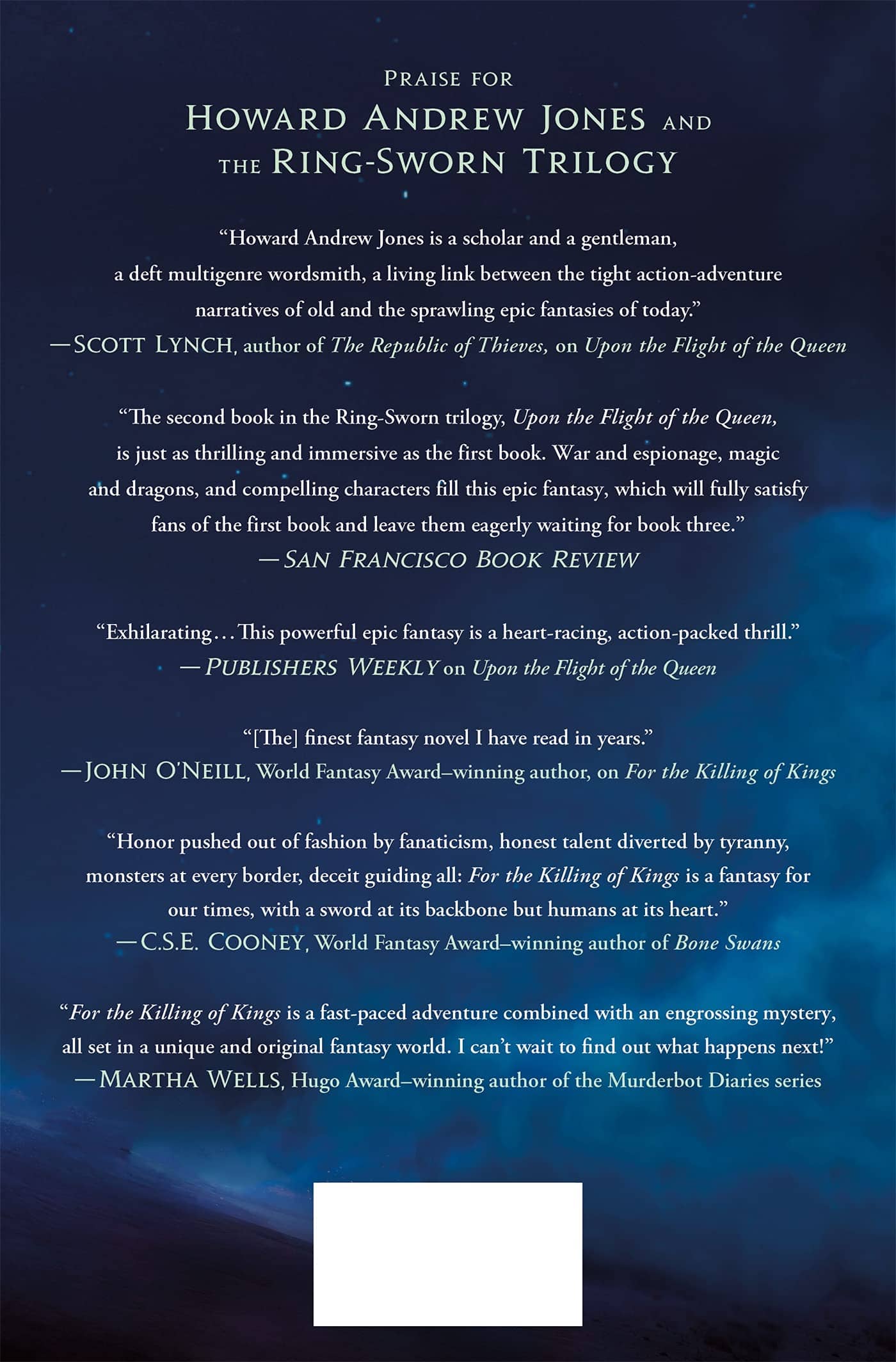
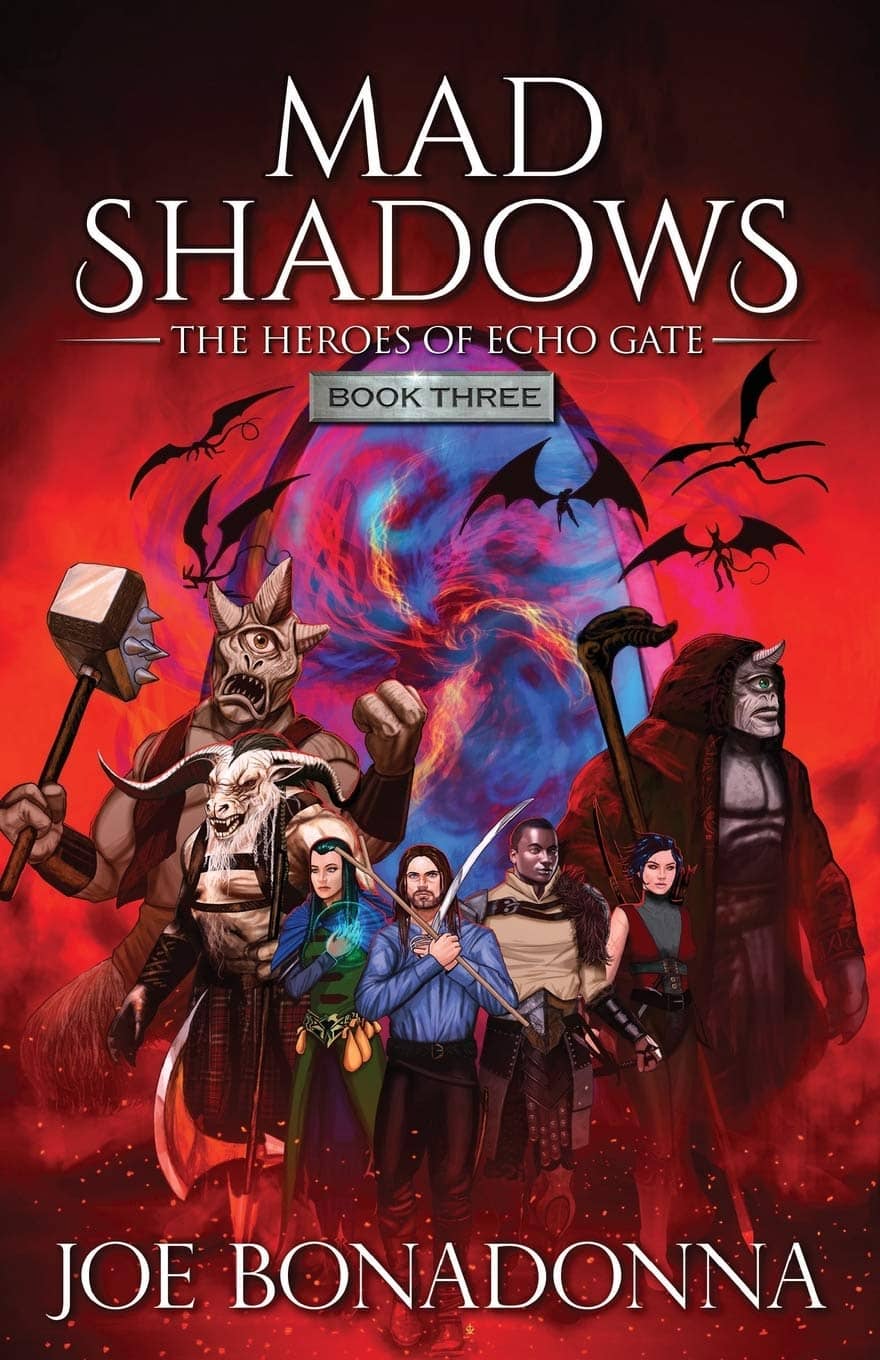
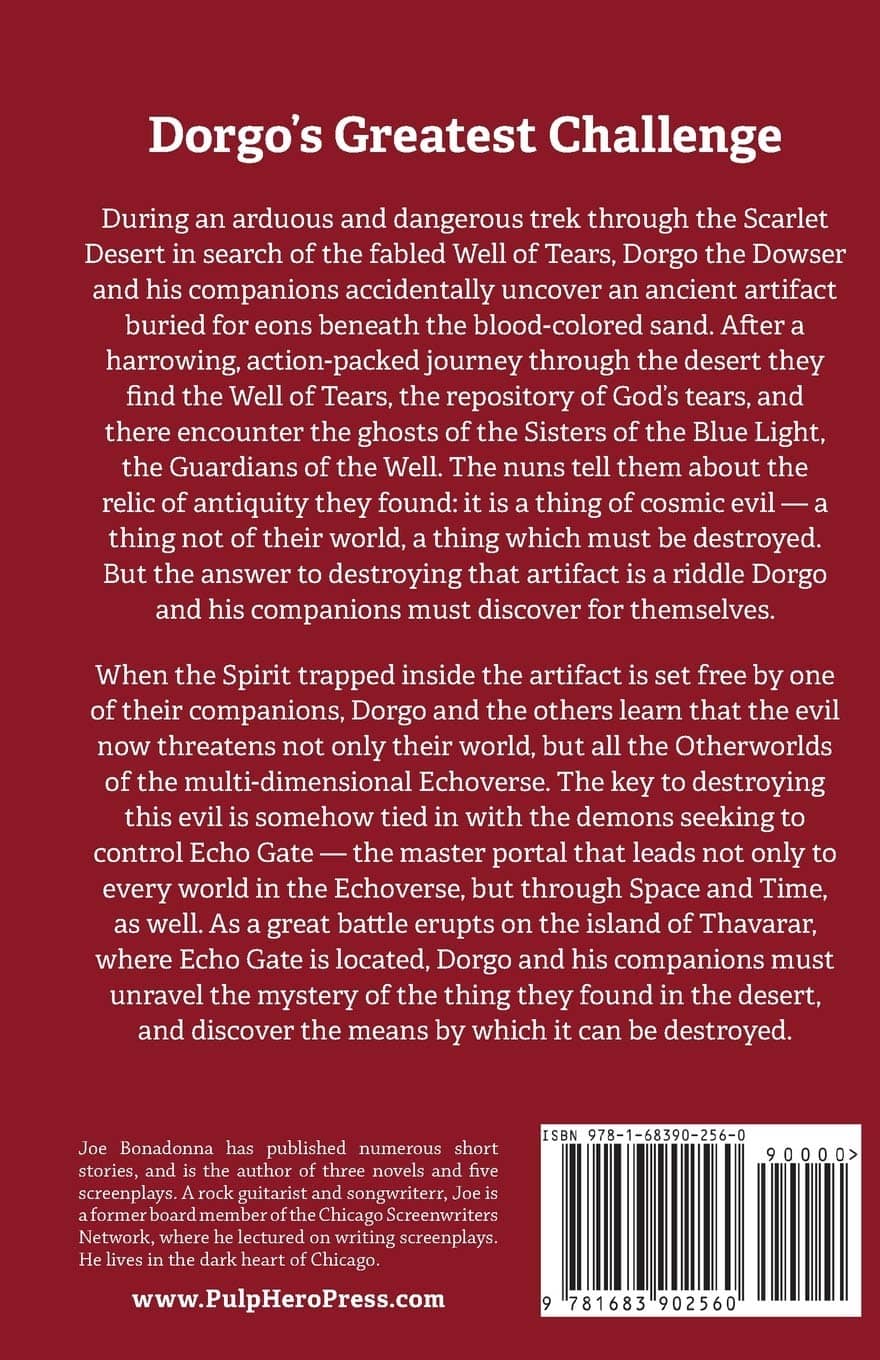
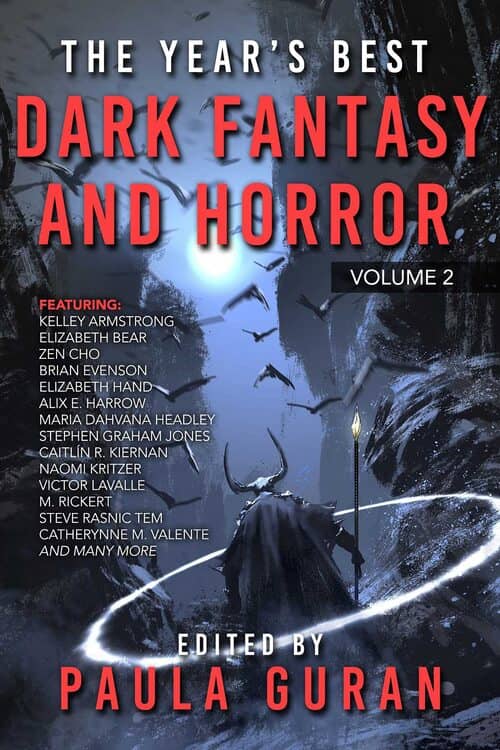
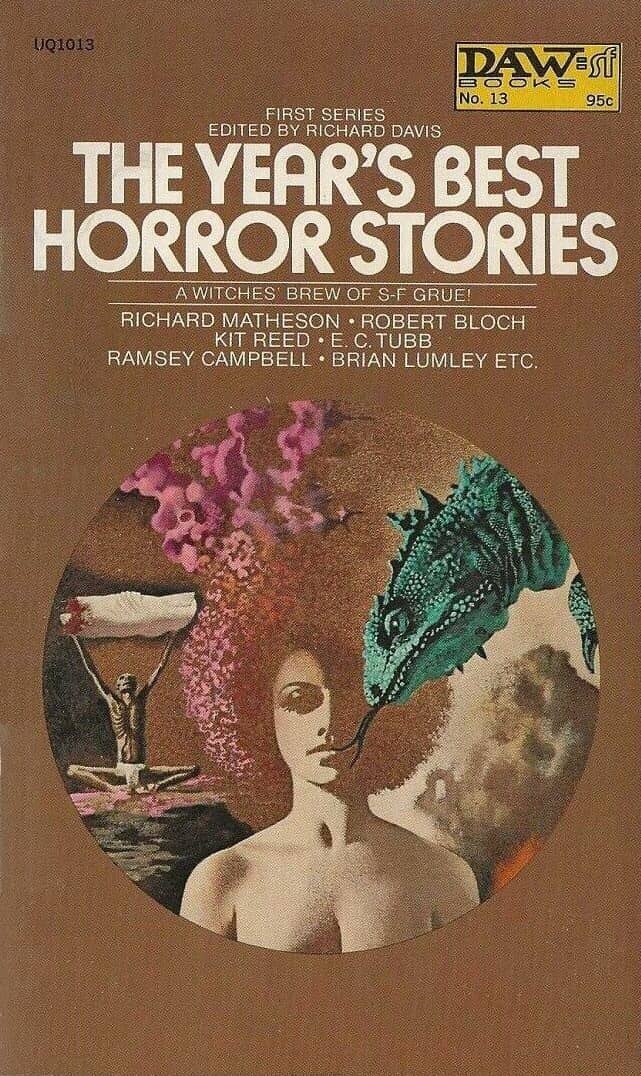
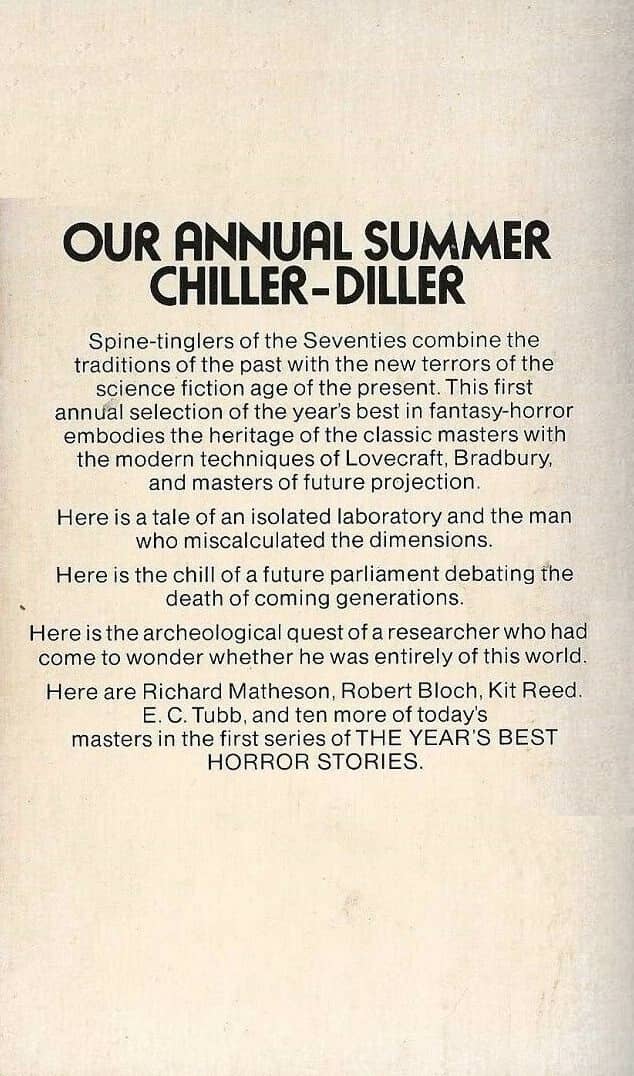
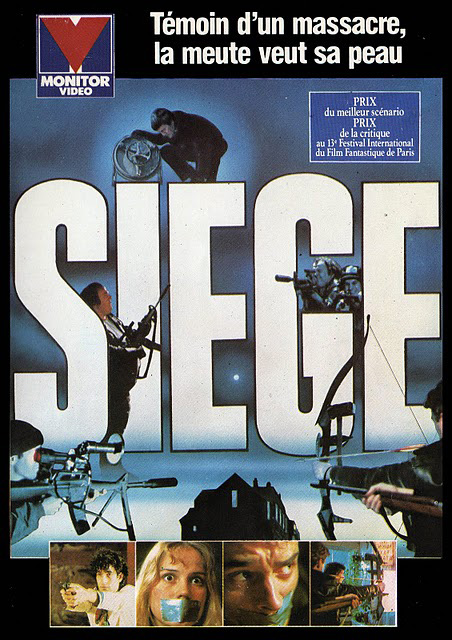 You ever watch one of the long video game cutscenes that passes for movies these days and think “I kinda miss old, raw-looking films, like early Romero and Carpenter. Something that had teeth. Heart. Balls. They don’t make ’em like that anymore.”
You ever watch one of the long video game cutscenes that passes for movies these days and think “I kinda miss old, raw-looking films, like early Romero and Carpenter. Something that had teeth. Heart. Balls. They don’t make ’em like that anymore.”